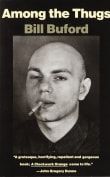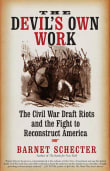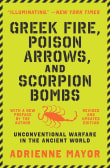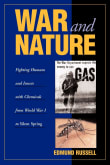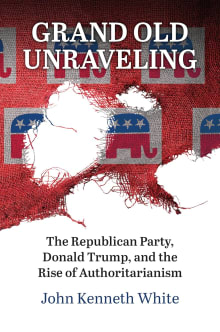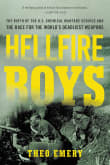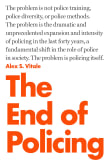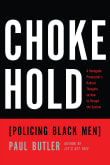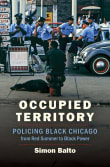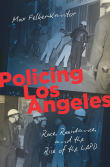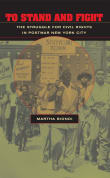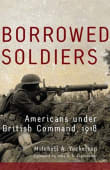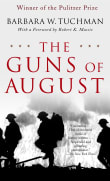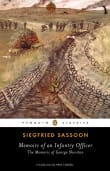Tear Gas
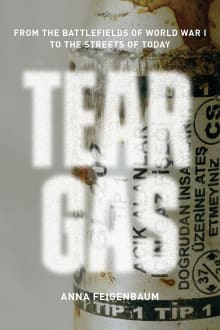
Book description
One hundred years ago, French troops fired tear gas grenades into German trenches. Designed to force people out from behind barricades and trenches, tear gas causes burning of the eyes and skin, tearing, and gagging. Chemical weapons are now banned from war zones. But today, tear gas has become the…
Why read it?
2 authors picked Tear Gas as one of their favorite books. Why do they recommend it?

Anna Feigenbaum’s book describes the origins of tear gas as a weapon of war and its transition to a crowd control tool. Tear Gas tells a story about the relationships between militaries, arms manufacturers, and police forces that has critical public policy and societal implications today. The continued use of tear gas to counter-protest movements and mass demonstrations around the globe remains a challenge for advocates of arms control, social justice, and human rights.
From Thomas' list on chemical weapons.

Democratic governments want to control riots, but they are generally reluctant to use firearms against crowds that include nonviolent protestors and wholly passive bystanders. When chemists developed gas weapons during World War I, army officers argued that irritants—colloquially known as tear gas—could solve the dilemma: forcing crowds to disperse without inflicting permanent injury. But as Feigenbaum shows, tear gas was never as simple, effective, or harmless as its promoters claimed. And no technological fix can reconcile the rights to security and protest.
From Zachary's list on mob violence.
If you love Tear Gas...
Want books like Tear Gas?
Our community of 12,000+ authors has personally recommended 48 books like Tear Gas.

